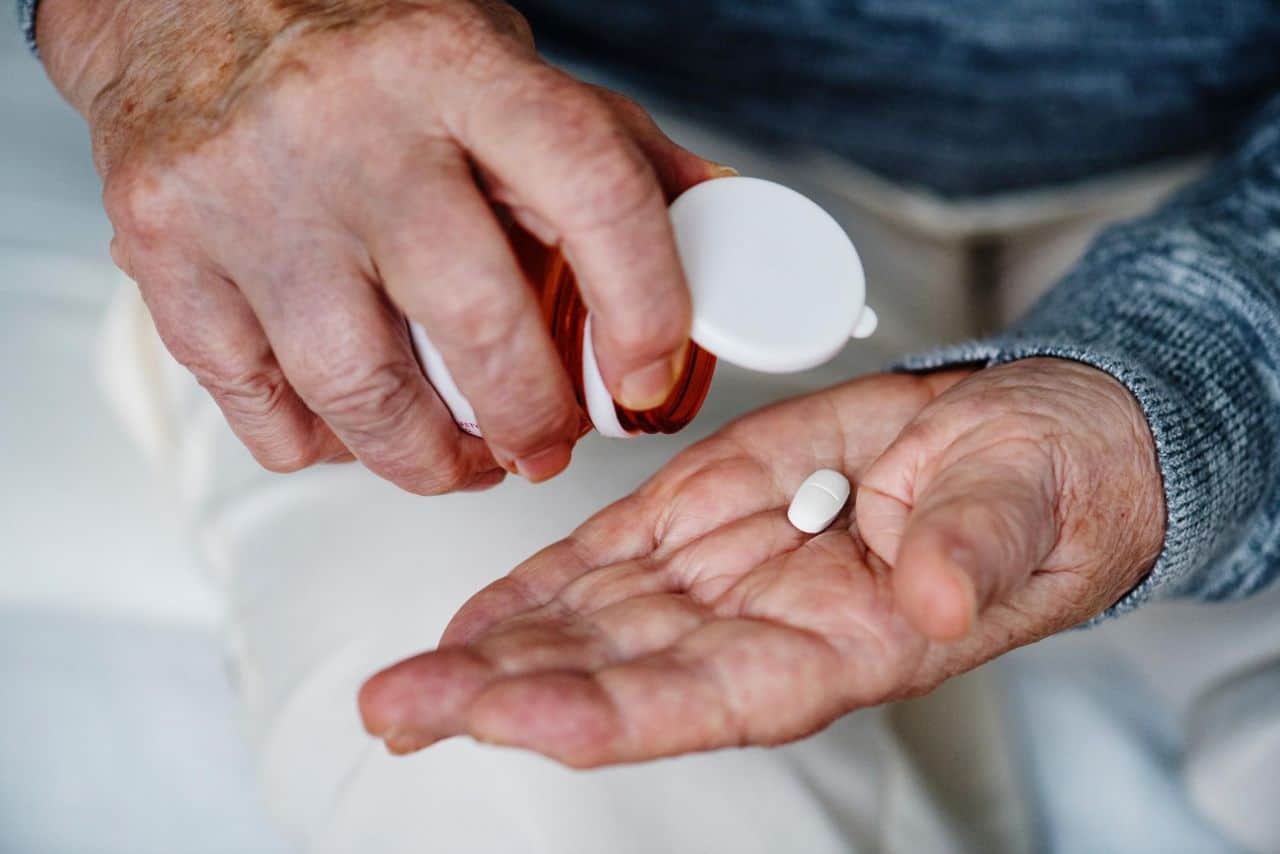Melanotan II (or Melanotan 2) is a laboratory-created peptide compound that may elicit the process of skin pigmentation by augmenting the synthesis of melanin. Studies suggest that Melanotan II functions as a melanocyte-stimulating hormone (MSH) agonist, potentially triggering melanin secretion and developing darkly pigmented skin and hair. It has been speculated that Melanotan may exert a stimulating effect on melanocytes, which are responsible for the synthesis of melanin [i].
Melanin is an endogenously synthesized skin pigment that imparts a distinct coloration to the skin. It is considered accountable for ascertaining the ocular region (retina) pigment and cranial follicles. Melanin synthesis is a hormonally regulated process overseen by the polypeptide melanocortin within the pituitary gland. Upon activation of melanocortin, the melanocytes situated in the epidermis synthesize it.
As empirical data has suggested, Melanotan II appears to function by emulating the actions of melanocortin peptides to stimulate melanin production. These peptides are crucial in various physiological processes, such as reproductive function, inflammation reduction, immune regulation, pigmentation induction, and energy homeostasis regulation. Through the process of melanogenesis, Melanotan II may possibly induce the upregulation of melanin synthesis, resulting in the pigmentation of the skin, commonly referred to as tanning [ii].
Melanotan I vs. Melanotan II
Based on their respective mechanisms of action and chemical structures, it can be speculated that Melanotan I and Melanotan II may exhibit negligible disparities. However, both phenomena are distinct regarding the observable effects they suggest.
Melanotan I, also known as afamelanotide peptide, is a linear peptide consisting of the complete sequence of amino acids. In contrast, Melanotan II is a circular peptide derived from Melanotan I but has a shortened sequence. It is believed that the Melanotan I peptide may exhibit affinity towards the melanocortin 1 receptor (MC1), thereby promoting the upregulation of melanogenesis.
Like Melanotan I, Melanotan II may exhibit affinity for the MC1 receptor. However, in contrast to Melanotan I, Melanotan II may exhibit affinity for additional receptors such as MC3, MC4, and MC5. Scientists purport that the interaction of Melanotan II with these receptors may elicit various physiological responses, such as diminished appetite and heightened arousal. In summary, it is hypothesized that Melanotan I may induce skin pigmentation without exposure to UV radiation, whereas Melanotan II may not only increase skin pigmentation but also potentially improve sexual stimulation. Studies have also suggested Melanotan II may potentially exhibit a more rapid and productive response than Melanotan I [iii].
Melanotan II and Skin Pigmentation
It has been purported that this particular peptide may exhibit the ability to replicate the functionality of melanocortin peptides, thereby stimulating an increased melanin production within the skin, ultimately resulting in a darker complexion. Findings of studies conducted on animal models suggest that the Melanotan II peptide may exhibit dual effects by inducing and enhancing skin pigmentation. By employing this method, the integumentary system is sheltered from solar radiation. Scientific studies have implied that Melanotan II may facilitate the process of skin pigmentation [iv].
Melanotan II and Erectile Function
Initially, the primary objective of producing Melanotan II peptide was to enhance sexual arousal. Multiple scientific studies have purported the efficacy of Melanotan II in addressing erectile dysfunction among models who have not responded to alternative stimulation methods [v, vi].
Melanotan II and Blood Glucose Levels
The hormone leptin facilitates the regulation of blood sugar levels. The involvement of melanocortin receptors in this process has been established through research, suggesting that the Melanotan II receptor may elicit effects similar to those of the leptin hormone [vii].
Melanotan II and Cancer
Recent scientific studies suggest Melanotan II may potentially safeguard skin against extended UV exposure and specific skin cancer forms, such as melanoma [viii].
Melanotan II and Hunger
Data resulting from research in murine models indicate that Melanotan II may play a role in reducing adipose tissue accumulation and suppressing appetite in mice. Mice that received Melanotan II exhibited reduced food consumption and altered feeding patterns. Their dietary preference was modified, resulting in a greater inclination towards non-lipid-rich foods than lipid-rich foods [ix].
Additional purported properties of Melanotan II under investigation encompass:
- It may have the potential to confer neuroprotective properties.
- It may facilitate the process of achieving increased skin pigmentation.
- It may facilitate the acceleration of recovery time for compressed nerves and muscles.
- It may promote the reduction of body mass.
Final Thoughts
Melanotan II is a laboratory-synthesized peptide that has been suggested by researchers to induce skin pigmentation potentially. Melanocytes, the cells in charge of skin pigmentation, are stimulated by these regulators to increase the production of melanin pigment. Melanotan II peptide’s additional potential may include weight reduction, absence of erythema caused by excessive sun exposure, diminished appetite, potentially decreased susceptibility to skin malignancies, absence of demarcation lines from tanning, and heightened sexual desire.
Click here to be redirected to Biotech Peptides websites to review high quality research compounds.
References
[i] Melanotan II – an overview | ScienceDirect Topics. Methods Enzymol. 2020, n.d.
[ii] Sivyer GW, Sivyer GW. Changes of melanocytic lesions induced by Melanotan injections and sun bed use in a teenage patient with FAMMM syndrome. Dermatol Pract Concept 2012;2:53–6. https://doi.org/10.5826/dpc.0203a10.
[iii] Nelson ME, Bryant SM, Aks SE. Melanotan II injection resulting in systemic toxicity and rhabdomyolysis. Clin Toxicol 2012;50:1169–73.
[iv] Brennan R, Wells JG, Van Hout MC. An unhealthy glow? A review of melanotan use and associated clinical outcomes. Perform Enhanc Heal 2014;3:78–92.
[v] Hakim LS. Synthetic melanotropic peptide initiates erections in men with psychogenic erectile dysfunction: Double-blind placebo controlled crossover study. Int J Impot Res 1998;10:263.
[vi] WESSELLS H, HRUBY VJ, HACKETT J, HAN G, BALSE-SRINIVASAN P, VANDERAH TW. MT-II Induces Penile Erection via Brain and Spinal Mechanisms. Ann N Y Acad Sci 2003;994:90–5.
[vii] Guo F, Bakal K, Minokoshi Y, Hollenberg AN. Leptin signaling targets the thyrotropin-releasing hormone gene promoter in vivo. Endocrinology 2004;145:2221–7.
[viii] FitzGerald LM, Fryer JL, Dwyer T, Humphrey SM. Effect of MELANOTAN®, [Nle4, D-Phe7]-α-MSH, on melanin synthesis in humans with MC1R variant alleles. Peptides 2006;27:388–94.

